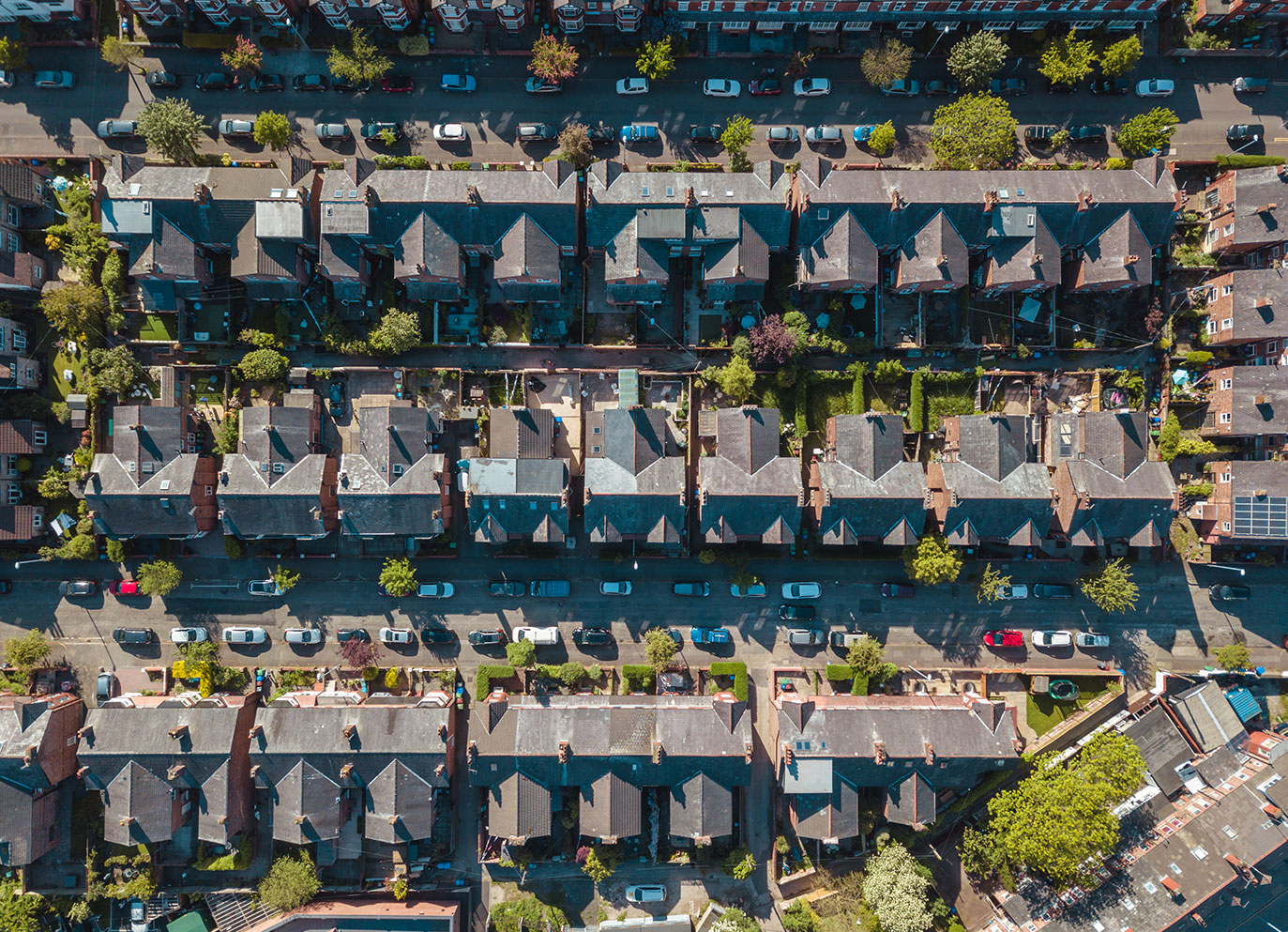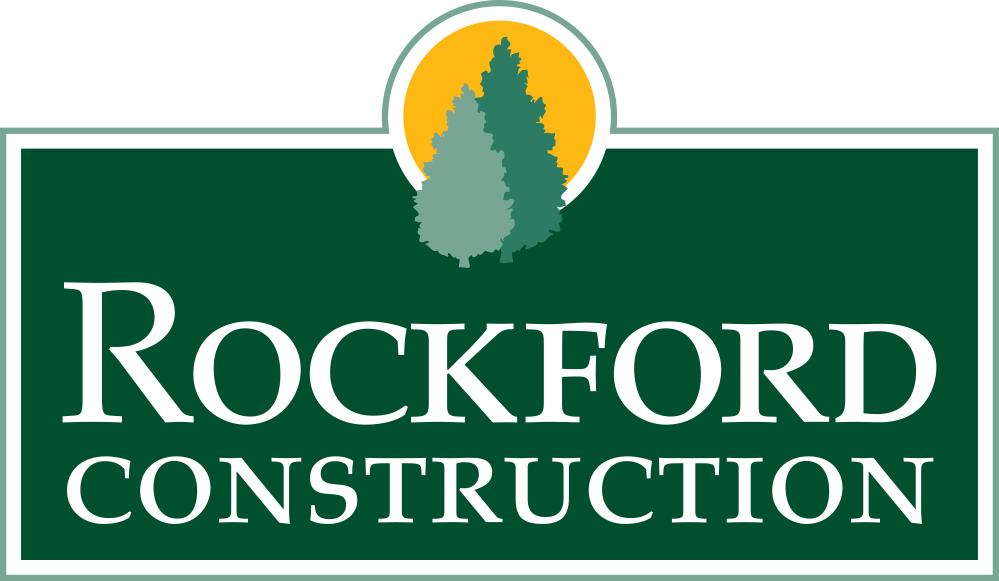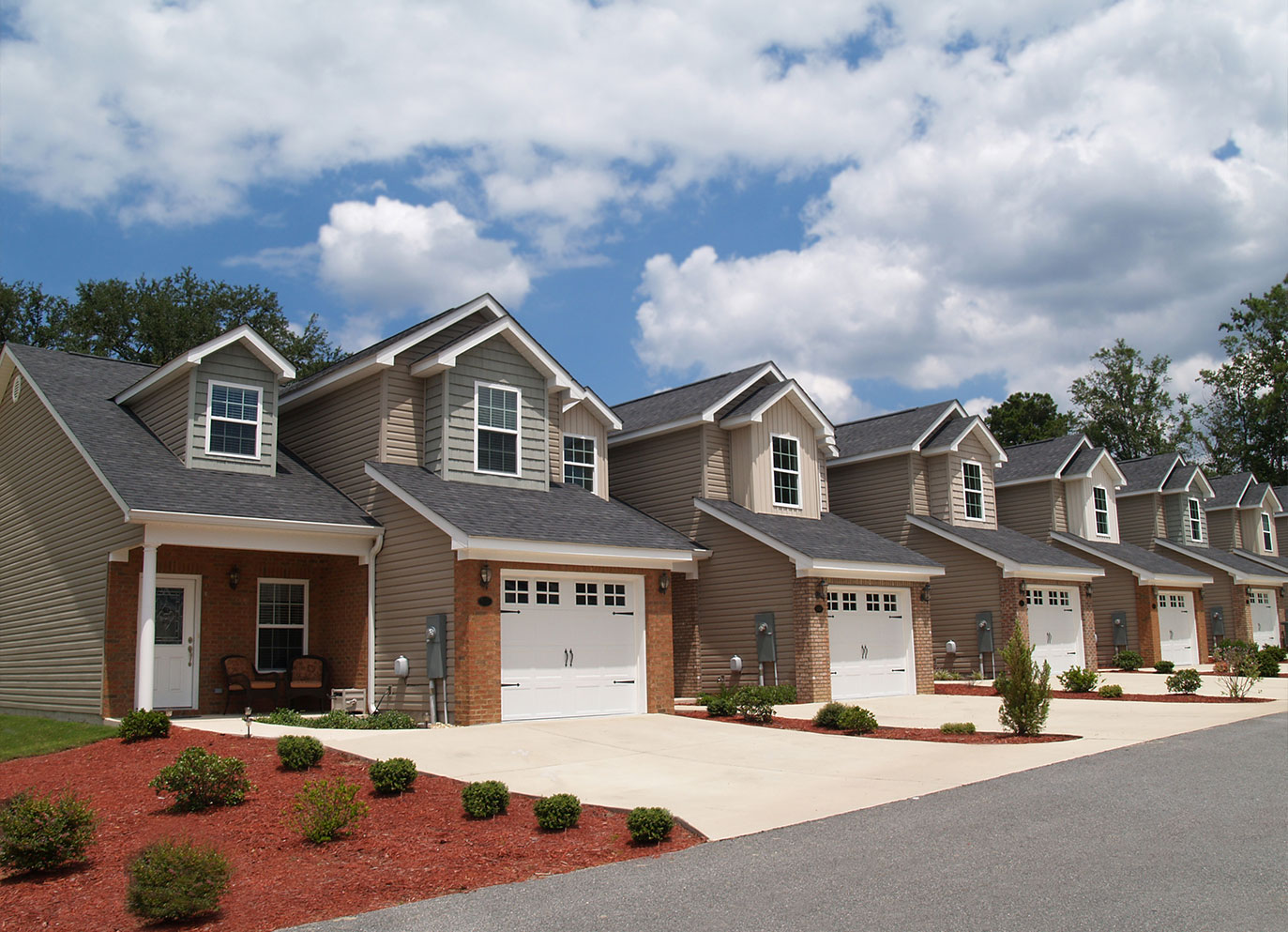
Are There Incentives Available for Building Low-Income Housing?
As the gap between the rich and poor continues to widen and urban centers expand at unprecedented rates, the building of low-income housing will become increasingly important. Low-income and affordable housing are cornerstones of inclusive community development and essential for ensuring that all members of society have access to safe and decent living conditions.
In this blog, we’ll delve into the complexities of affordable housing. We will explore the various incentives and programs that exist to support the development of low-income housing, the roles of different government entities in this effort, and the broader implications for communities and economies.
Rockford Construction is Your Trusted Affordable Housing Partner
At Rockford Construction, we have a long history of providing high-quality, cost-effective construction services for affordable housing projects. We are a full-service construction management firm with extensive experience in the affordable housing industry.
The Rockford team is well-versed in the nuances of the funding and development processes related to the construction of low-income housing, and we use our expertise to help our clients navigate them with ease.
Moreover, we understand that investments in affordable housing are not merely about putting roofs over heads but about building a foundation for a more inclusive and prosperous future for all residents of central Ohio.


Understanding Affordable Housing
Affordable housing is an umbrella term that encompasses various types of housing units designed to be financially accessible to those with lower incomes. More specifically, low-income housing is targeted towards those earning significantly less than the area median income (AMI), including extremely low-income and moderate-income households.
These affordable rental housing units are often subsidized or subject to regulations that keep rent prices within reach for low-income residents, ensuring that no more than 30% of their income is spent on housing. This is a key threshold, as surpassing it can lead to financial strain and difficult trade-offs between essential needs such as food, healthcare, and education.
The distinction between affordable housing units and market-rate housing units lies primarily in their pricing structure and the demographic they serve. Market-rate housing is priced according to what the market can bear, without restrictions, and can often be out of reach for low-income families. In contrast, affordable housing units have regulated rental rates that are adjusted according to the income levels of the residents, often facilitated by affordable housing programs.
It’s important to note that the disparity between the cost to develop affordable housing and lower returns to developers compared to market-rate housing necessitates tax incentives intended to help bridge the gap, making the investment in low-income housing both feasible and attractive.
Understanding this landscape is fundamental to recognizing the importance of such incentives and programs in maintaining and expanding the supply of affordable housing in our community.
Key Incentives for Creating Affordable Housing
Developing low-income housing can be less financially rewarding than market-rate projects due to lower rental income and the same, if not higher, development costs. To address this disparity and encourage the construction of affordable units, a variety of incentives are made available to developers.
When it comes to fostering the development of low-income and affordable housing, tax credits stand out as one of the most potent tools available. They serve as a critical incentive for developers and investors by reducing their tax liability, effectively lowering the overall cost of constructing affordable housing units.
These incentives aim to make the development of affordable housing more attractive and financially viable.


Federal Programs That Support Low-Income Housing Projects
The development of affordable housing units is a collaborative effort that requires robust support from various levels of government. Each tier, from the federal government to state housing finance agencies and local jurisdictions, plays a distinct yet interconnected role in supporting affordable housing projects and contributing to community development.
At the federal level, several initiatives work in concert to promote affordable housing. The U.S. Department of Housing and Urban Development (HUD) oversees programs that provide funding and resources for affordable housing. One of the most impactful federal initiatives is the Low Income Housing Tax Credit program.
The Low-Income Housing Tax Credit Program
The Low-Income Housing Tax Credit (LIHTC) program, established in 1986, has been instrumental in promoting the development of affordable rental housing for low-income households across the United States. It works by providing tax credits to developers and investors who produce and maintain affordable housing units for a specified period, generally 15 years.
These credits can be sold to investors to raise capital for the development, reducing the debt that the developer would otherwise have to incur and consequently lowering the rent that must be charged to cover development costs.
The LIHTC program operates on a competitive process in which developers submit their projects to state housing finance agencies, which then allocate the tax credits based on specific criteria, including project feasibility, location, and the level of affordability being provided.
Projects financed by the LIHTC are required to meet certain criteria, such as reserving a percentage of the units for households earning no more than 60% of the area median income (AMI) or providing even deeper affordability for extremely low-income families.
Beyond the LIHTC, the federal government provides support through various grant programs, such as the HOME Investment Partnerships Program and the Community Development Block Grant (CDBG) program. These programs allocate funds to states and local jurisdictions to support a wide range of housing activities, including building, buying, or rehabilitating affordable housing for rent or homeownership.
Local Support for Affordable and Low-Income Housing
Local jurisdictions also play a vital role in supporting affordable housing projects. City and county governments often have their own housing agencies or departments focused on local community development. These local entities can provide additional incentives to developers, such as density bonuses, which allow for more units than normally permitted under existing zoning regulations in exchange for including affordable units in the development.
Other local incentives may include streamlined permitting processes to expedite the construction of new affordable housing, reduction or waiver of building permit fees, and inclusionary zoning policies that require a portion of new housing developments to be affordable.
Local governments also use inclusionary housing programs, which can be mandated or voluntary depending on the jurisdiction, to increase the stock of affordable units. These programs are designed to ensure that a share of new construction includes housing that is accessible to low-income families, thus contributing to a diverse and inclusive community.
In the Columbus area, several programs and initiatives support developers in building low-income and affordable housing.

Affordable Housing Alliance of Central Ohio (AHACO)
The Affordable Housing Alliance of Central Ohio (AHACO) is a nonprofit organization that tackles Central Ohio’s housing shortages through data-driven approaches and partnerships with developers, advocates, lenders, and charities.
Emerging Developers Accelerator Program (EDAP)
Managed by the Affordable Housing Trust, the Emerging Developers Accelerator Program (EDAP) is dedicated to nurturing minority developers and establishing avenues for development careers. The program provides participants with technical support, capital access, and continuous consulting for affordable housing development.
The Housing Action Fund
A collaborative initiative by the City of Columbus, Franklin County, corporate partners, and The Columbus Foundation, The Housing Action Fund has created a $100 million pool managed by the Affordable Housing Trust. The fund offers affordable loans to developers who meet set affordability criteria, intending to maintain and expand affordable housing in Franklin County.
The Affordable Housing Trust (AHT)
Founded in 2001, the Affordable Housing Trust is a nonprofit, independent lender that has been certified as a Community Development Financial Institution (CDFI) since February 2016. AHT partners with the private, nonprofit, and public sectors to create affordable housing in Columbus and Franklin County.
A framework of financial and regulatory incentives is established to support the development and preservation of affordable housing through the collaboration of federal, state, and local governments.
These efforts not only help to meet the housing needs of low-income households but also contribute to broader community development objectives, such as economic growth, social inclusion, and the creation of sustainable and livable urban environments.
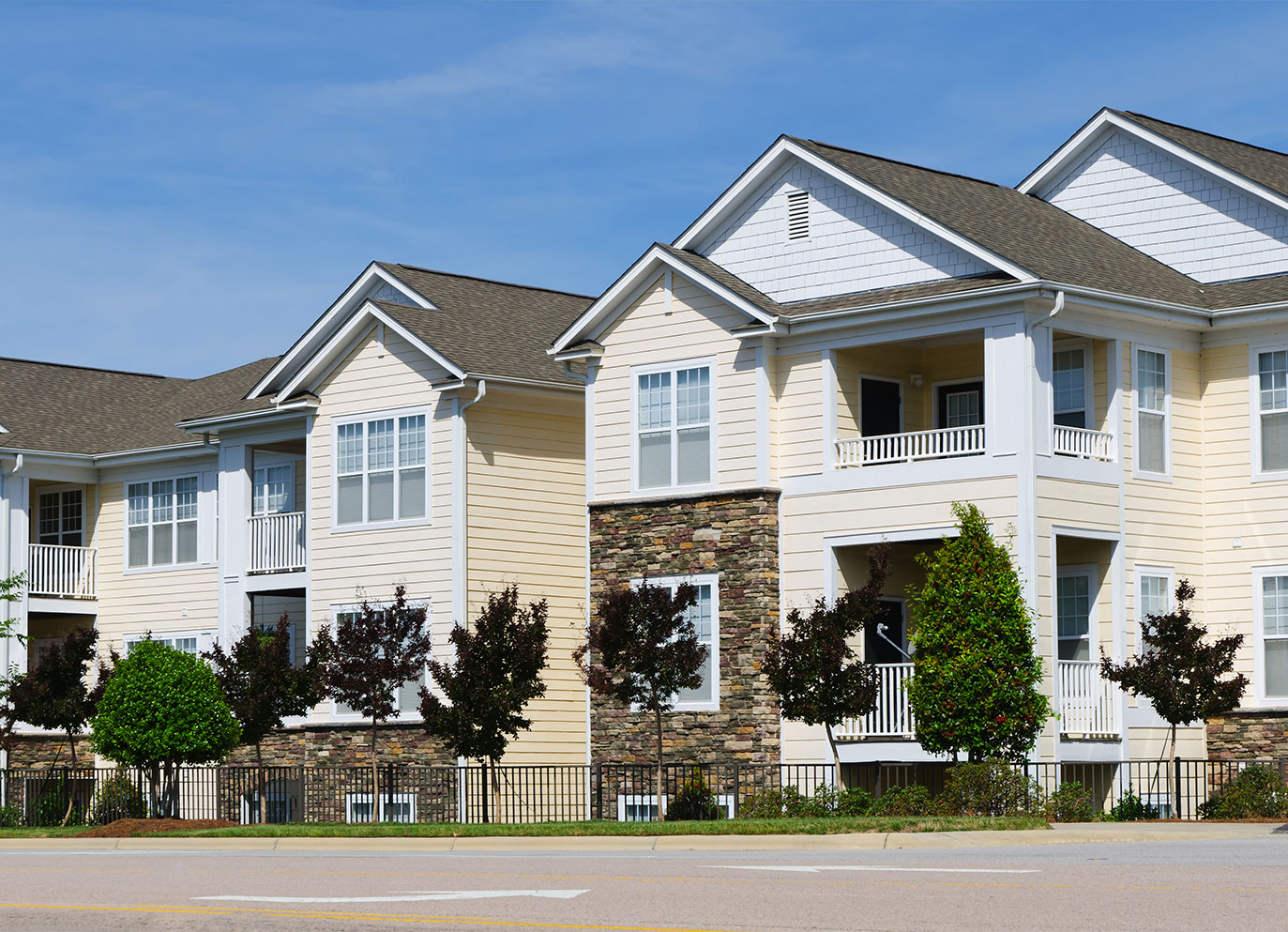
Cost Implications and Solutions
The development of low-income housing is often accompanied by high costs due to factors such as land prices, construction expenses, and regulatory compliance. These costs can pose significant challenges to developers considering affordable housing projects.
However, there are strategies and incentives in place to mitigate these financial burdens and make the construction of low-income housing more feasible.
Fees and Fee Waivers
One of the primary costs associated with residential development is the collection of building permit fees by local jurisdictions. These fees are intended to cover the costs of the permitting process, including plan reviews and inspections. While necessary, they can add a substantial amount to a project’s overall expense.
Many local governments offer fee waivers or reductions for projects that include affordable units to encourage the development of affordable housing. This incentive can significantly lower developers’ upfront costs, making affordable projects more comparable in cost to market-rate developments.
In addition to fee waivers, some local jurisdictions have implemented streamlined permitting processes for affordable housing developments. By expediting the review and approval process, developers can begin construction sooner, reducing holding costs and improving the financial viability of their projects. Streamlined permitting can also minimize uncertainties and delays that can otherwise increase project costs.
Accessory Dwelling Units
Another strategy for reducing the costs of developing affordable housing is the use of accessory dwelling units (ADUs). ADUs are secondary housing units on the same lot as a primary residence, such as a backyard cottage or a converted garage.
These units can be a cost-effective solution because they do not require purchasing additional land and can utilize existing infrastructure. ADUs can provide affordable rental housing options within established neighborhoods, contributing to the diversity of housing stock and enabling homeowners to generate supplemental income.
Innovative Construction Methods
Some developers are exploring innovative construction methods and materials to lower costs. Modular construction, for example, allows for portions of a building to be prefabricated offsite, which can reduce construction time and labor costs. The use of energy-efficient designs and materials can also result in long-term savings on utility costs, making the units more affordable for both developers and residents over time.
Cost reduction strategies are essential for addressing the housing affordability gap. By utilizing incentives like fee waivers, streamlined processes, and innovative construction methods, developers can deliver quality affordable housing despite the high costs associated with development.
These solutions not only support the financial feasibility of affordable housing projects but also ensure that the resulting units are both accessible to low-income households and sustainable for the long term.
Private Investment in Low-Income Housing
Private investment plays a pivotal role in expanding the affordable housing supply. To stimulate such investment, various tax revenue incentives have been implemented, making it more attractive for private investors and developers to finance and build low-income housing.
These incentives serve to bridge the gap between the lower profitability of affordable housing and market-rate developments, aligning private sector profitability with public housing goals.
Private investors may also be drawn to opportunities for earning tax-exempt income through the purchase of tax-exempt bonds. These bonds are often issued by state housing finance agencies to fund the development of affordable housing.
The interest income earned by investors from these bonds is not subject to federal income tax, and in some cases, state and local taxes as well, which can provide a compelling incentive for investment.
Private developers who build more affordable units also contribute to the social fabric by fostering inclusive communities where individuals of varying income levels can live, work, and interact.
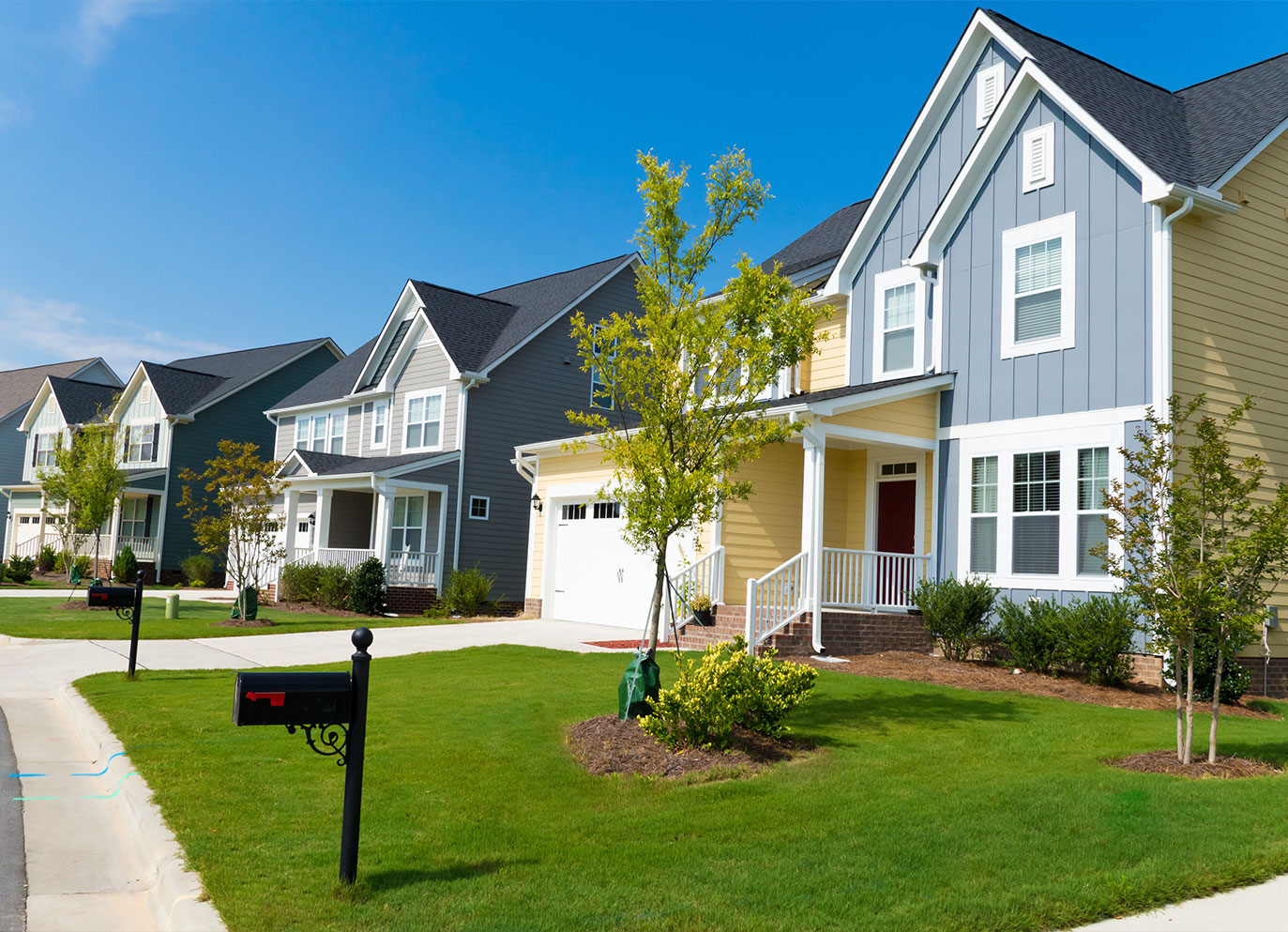
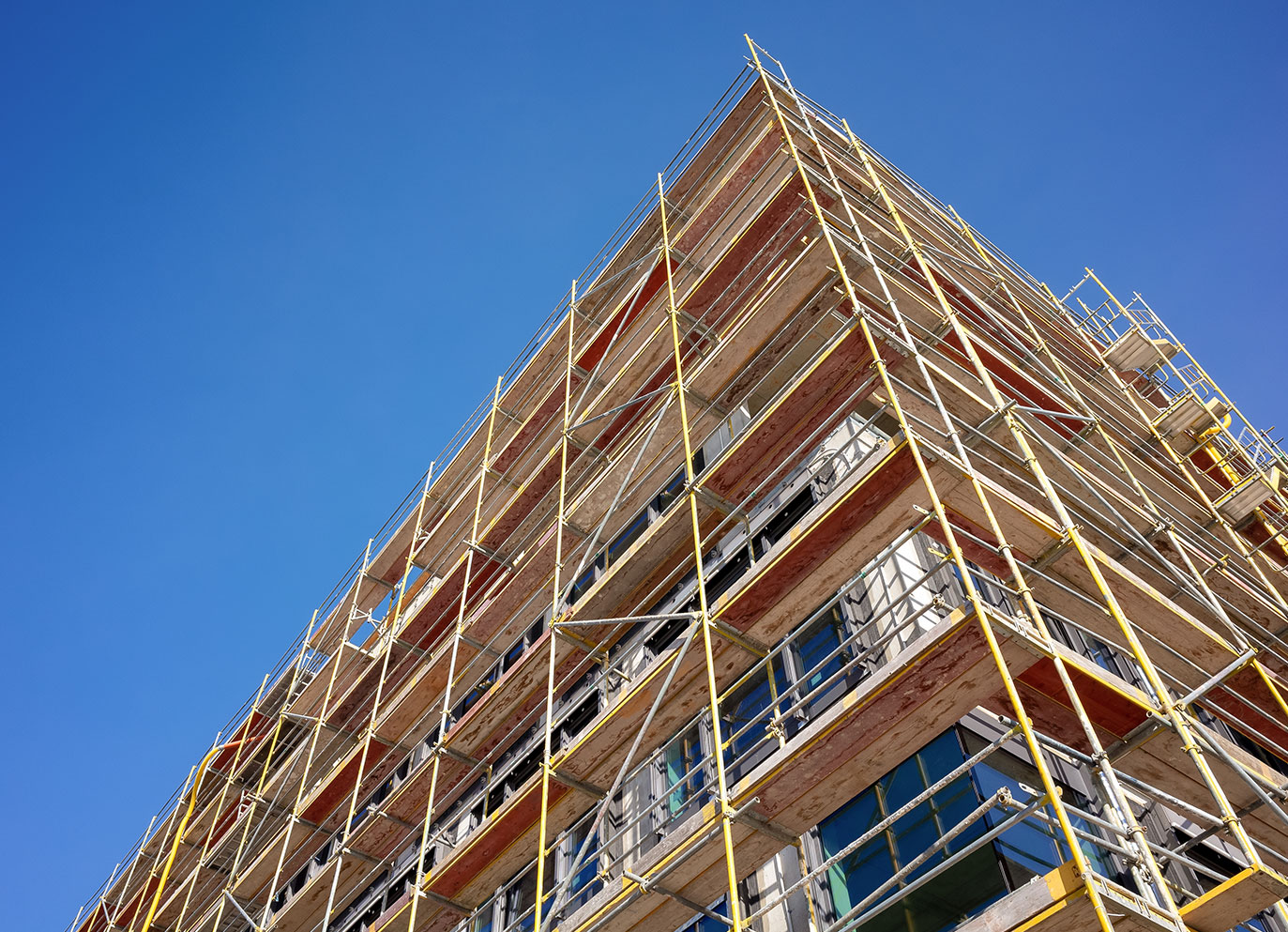
Are There Incentives for Rehab Properties?
As we’ve learned, incentives for the construction of new affordable housing are abundant and come in various forms. But what about rehab projects? Benefits can also be realized when rehabilitating existing homes.
Rehabilitating homes not only preserves existing affordable housing stock but can also improve their energy efficiency and overall quality, leading to long-term savings for both property owners and tenants. Also, rehabilitated homes contribute to the aesthetic and structural improvement of neighborhoods, enhancing property values and community pride.
To encourage the rehabilitation of existing homes, incentives such as the Federal Historic Preservation Tax Incentives program offer tax credits for the preservation and rehabilitation of historic buildings, many of which are transformed into affordable housing. Other programs may provide grants or low-interest loans for home improvements, especially when they aim to enhance energy efficiency or remove health hazards.
Additionally, some jurisdictions offer property tax exemptions for a period following substantial rehabilitation, reducing the financial burden on property owners and encouraging them to invest in improvements. These incentives not only support the preservation of the character of neighborhoods but also ensure that long-term residents can continue to call these communities home.
Building More Than Roofs with Incentives for Low-Income Housing
The construction and maintenance of low-income and affordable housing are critical challenges that require concerted effort and innovative solutions. Incentives are not just helpful; they are necessary to bridge the financial gap that often dissuades developers from embarking on such socially essential projects. Through a comprehensive array of incentives, including tax credits, grants, zoning adjustments, and streamlined processes, the construction of affordable housing becomes not only possible but also an attractive investment.
The collective impact of local governments, private developers, and community organizations is monumental in fostering housing affordability. Local governments can create an environment conducive to affordable housing development through policies and incentives that directly address the unique needs of their communities. Private developers, equipped with the right incentives, can leverage their resources and expertise to increase the supply of affordable homes.
If you’re ready to embark on a low-income housing property or development and need an experienced partner to shepherd the project from blueprint to completion, contact the experts at Rockford Construction. Our broad range of experience includes apartment building construction, multi-family residential construction, multi-unit townhouse construction, single-family infill construction, senior living construction, and more.
Contact Rockford Construction today!
